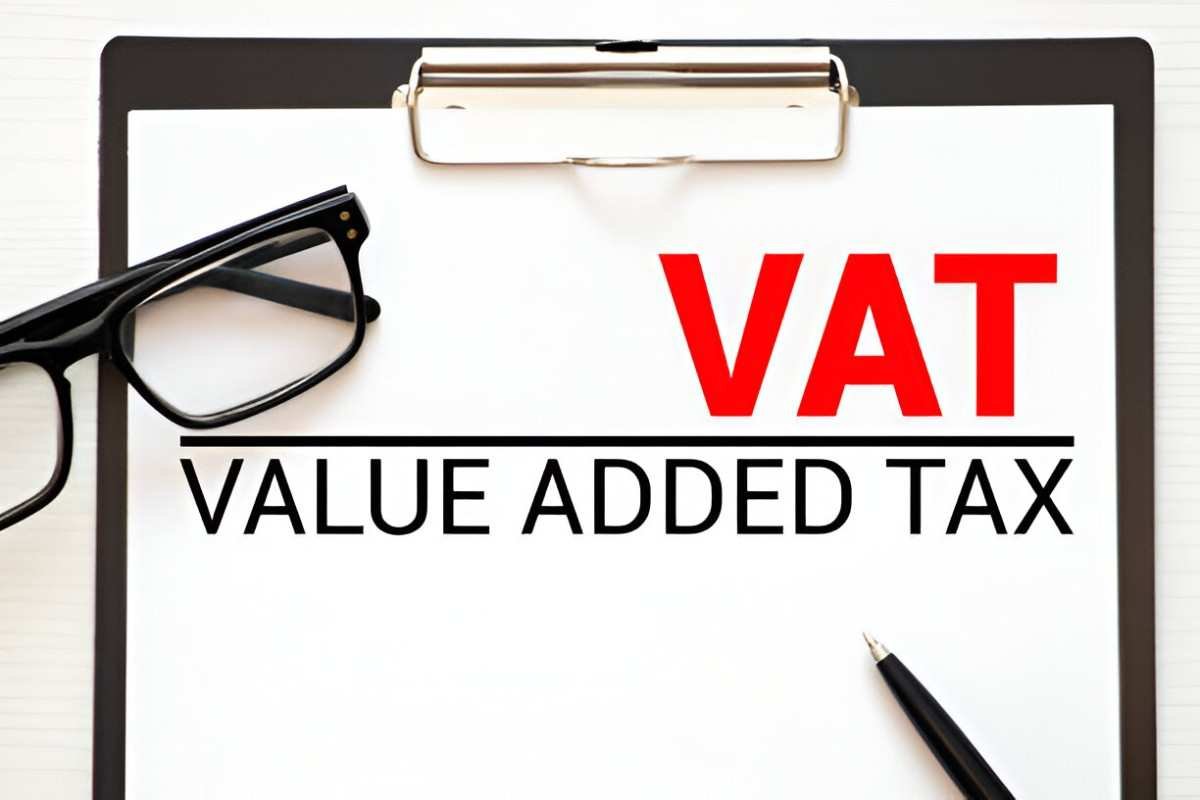Value-Added Tax (VAT) is a consumption tax levied on the value added to goods and services at each stage of production or distribution. While the United States does not have a federal VAT system, understanding VAT is crucial for businesses operating internationally or dealing with foreign clients. In this guide, I will walk you through the essentials of VAT registration, its implications, and how to navigate the process effectively.
Table of Contents
What Is Value-Added Tax?
VAT is an indirect tax collected by businesses on behalf of the government. Unlike sales tax, which is applied only at the point of sale to the end consumer, VAT is applied at every stage of the supply chain. Each business in the chain charges VAT on its sales (output tax) and reclaims VAT on its purchases (input tax). The net VAT paid to the government is the difference between the output tax and the input tax.
Mathematically, this can be expressed as:
\text{Net VAT} = \text{Output Tax} - \text{Input Tax}For example, if a business sells goods worth $10,000 with a VAT rate of 20%, the output tax would be:
\text{Output Tax} = \$10,000 \times 0.20 = \$2,000If the same business purchased raw materials worth $5,000 with a VAT rate of 20%, the input tax would be:
\text{Input Tax} = \$5,000 \times 0.20 = \$1,000The net VAT payable to the government would be:
\text{Net VAT} = \$2,000 - \$1,000 = \$1,000Why VAT Registration Matters
VAT registration is mandatory for businesses that meet certain thresholds, which vary by country. In the European Union, for instance, the threshold is typically around €85,000 in annual turnover. Failure to register for VAT when required can result in penalties, interest, and even legal action.
For US businesses, VAT registration becomes relevant when:
- Selling goods or services to customers in VAT-implementing countries.
- Importing goods into VAT-implementing countries.
- Operating a branch or subsidiary in a VAT-implementing country.
Steps to Register for VAT
1. Determine If You Need to Register
The first step is to assess whether your business needs to register for VAT. This depends on factors such as:
- The country where you are conducting business.
- Your annual turnover.
- The nature of your goods or services.
For example, if you are a US-based e-commerce business selling to customers in the UK, you may need to register for VAT if your sales exceed the UK’s VAT threshold of £85,000.
2. Gather Required Documentation
VAT registration typically requires the following documents:
- Business registration details.
- Proof of identity (e.g., passport or driver’s license).
- Bank account information.
- Details of your business activities.
3. Submit Your Application
Most countries offer online VAT registration through their tax authority’s website. For instance, in the UK, you can register for VAT through HM Revenue and Customs (HMRC). The process usually involves filling out an application form and submitting the required documents.
4. Receive Your VAT Number
Once your application is approved, you will receive a VAT number. This number must be displayed on all invoices, receipts, and other business documents.
5. File VAT Returns
After registration, you are required to file periodic VAT returns. The frequency of filing depends on the country. For example, in the UK, VAT returns are typically filed quarterly.
VAT Calculation Example
Let’s consider a practical example to illustrate how VAT works. Suppose you run a US-based business that sells handmade crafts to customers in Germany. The VAT rate in Germany is 19%.
Scenario:
- You sell crafts worth €50,000 to German customers.
- You purchase raw materials worth €20,000 from a German supplier.
Step 1: Calculate Output Tax
\text{Output Tax} = €50,000 \times 0.19 = €9,500Step 2: Calculate Input Tax
\text{Input Tax} = €20,000 \times 0.19 = €3,800Step 3: Calculate Net VAT
\text{Net VAT} = €9,500 - €3,800 = €5,700In this case, you would need to remit €5,700 to the German tax authorities.
Common Challenges in VAT Registration
1. Understanding Local Regulations
VAT regulations vary significantly by country. For example, some countries have multiple VAT rates, while others have a single rate. Additionally, certain goods and services may be exempt or zero-rated.
2. Language Barriers
Dealing with foreign tax authorities can be challenging, especially if you are not fluent in the local language. It is advisable to seek assistance from a local tax consultant or use translation tools.
3. Compliance Costs
VAT compliance can be costly, particularly for small businesses. Costs may include accounting software, professional fees, and administrative expenses.
VAT vs. Sales Tax: A Comparison
While VAT and sales tax are both consumption taxes, they differ in their application. The table below highlights the key differences:
| Aspect | VAT | Sales Tax |
|---|---|---|
| Point of Collection | At each stage of the supply chain | Only at the point of sale to the end consumer |
| Burden | Shared by all businesses in the chain | Borne entirely by the end consumer |
| Complexity | More complex due to multiple stages | Simpler, as it is applied once |
Tips for Smooth VAT Registration
- Research Local Requirements: Each country has its own VAT rules. Take the time to understand the specific requirements for the countries where you operate.
- Use Reliable Accounting Software: Invest in accounting software that supports VAT calculations and filing.
- Consult a Tax Professional: If you are unsure about any aspect of VAT registration, seek advice from a tax professional.
- Keep Accurate Records: Maintain detailed records of all transactions, including invoices, receipts, and VAT returns.
Conclusion
Navigating VAT registration can seem daunting, but with the right knowledge and preparation, it becomes manageable. As a US business owner, understanding VAT is essential for international operations. By following the steps outlined in this guide, you can ensure compliance and avoid potential pitfalls.





